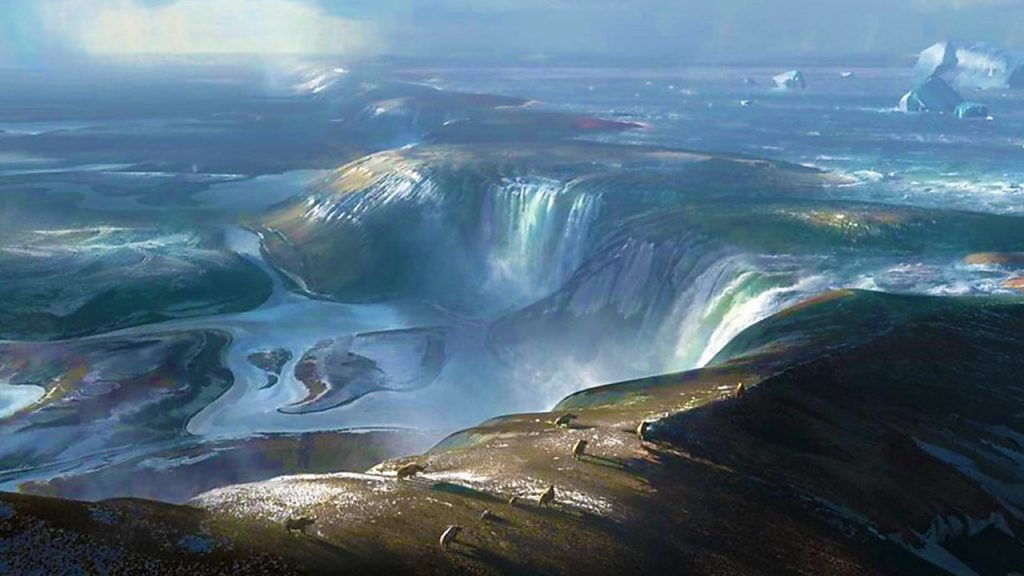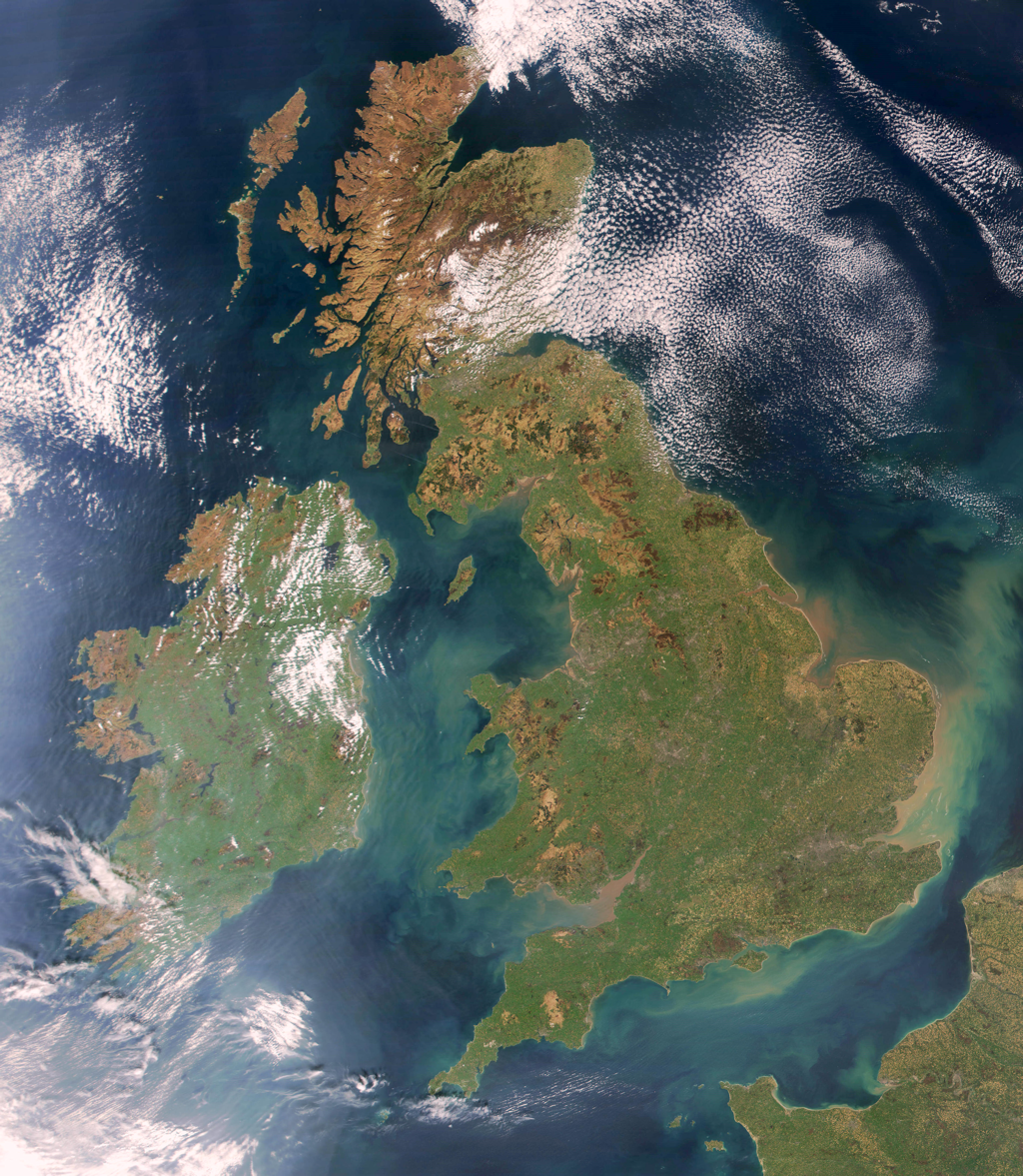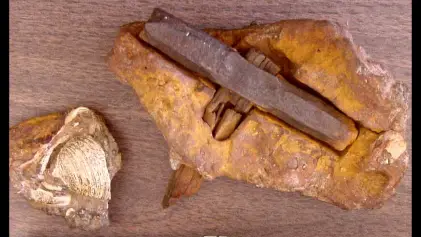 ost people do not recall the surprising origin of our common human history, with the first language (PFS) evolving above the artic circle 26,000 years ago. We then followed our Proto-Finnic-Sanskrit (PFS) speaking people, 19,000 years ago, taking farewell to their fellow tribe, staying in Karelia, Finland, speaking there later, Proto-Finnic-Uralic (PFU), while their departing siblings, would end up speaking Proto-Sanskrit-European, (PSE) already once they situated themselves in today’s Lithuania, where still today, this spoken language, is completely understood by every Lithuanian.
ost people do not recall the surprising origin of our common human history, with the first language (PFS) evolving above the artic circle 26,000 years ago. We then followed our Proto-Finnic-Sanskrit (PFS) speaking people, 19,000 years ago, taking farewell to their fellow tribe, staying in Karelia, Finland, speaking there later, Proto-Finnic-Uralic (PFU), while their departing siblings, would end up speaking Proto-Sanskrit-European, (PSE) already once they situated themselves in today’s Lithuania, where still today, this spoken language, is completely understood by every Lithuanian.
It would take some 7,000 years until our PFU speakers, 12,000 years ago would start their tribal travels east to the Ural Mountains and South to today’s Hungary and all the way to where Scythians were north of the Caucasus.
The Antarctic Cold Reversal Climate Change 14,500 to 13,000 years ago that ended up destroying, their former tribal sibling’s paradise in the Arabian Sea, would also in Europe cause major havoc, creating a tsunami in the Atlantic Ocean that, would sink the Doggerland land connection between Britain and the European mainland.

Image by Chase Stone / Imperial College London
This was at a time when today Norway and Sweden, while part of the same island, as today Finland and the Kola Peninsula, were still very much frozen and uninhabited, with no similar warm and partially habitable locations, like the ones where the first Finnic people had resided since at least 26,000 years ago. It was also at a time when no future Russia was even in the stars or imaginations.
As we have often reminded our readers of using Winston Churchill stated that “History is always written by the Victors – referring mostly to The British Empire, the same would however be very true after Scandinavia and Russia one day in the distant future both become superpowers writing the history – with Sweden romanticizing their pirates operating starting gradually 1,300 years ago in 700 CE as Vikings and Russia that only as a nation started showing up 900 years ago in 1,100 by keeping its conquests under the Empires control simply imposed its Slavic language and claiming past history had been theirs.
The Finnic people however who had stayed started moving around more after 12,000 years ago and in particular 10,000 years ago when the last glacial period ended, but with the retreating ice forming a moraine scraping the surface, the oldest confirmed evidence of the post-glacial human settlements in Finland are from the area of Ristola in Lahti and from Orimattila, from c. 8900 BCE.
Finland has been continuously inhabited at least since 26,000 years ago, up to the present. The earliest post-glacial inhabitants of the present-day area of Finland were seasonal hunter-gatherers, and among the finds is the net of Antrea, the oldest fishing net known ever to have been excavated (calibrated carbon dating: ca. 8300 BC).
However – as we know prior to there being any Viking pirates or a Scandinavia or a Moskva RUS – there were these Finnic people dominating the Northern region from the White Ice Sea down to Scythia north of the Caucasus and all the way west to the Atlantic – named after their Atlas North Star – all the way from today’s Norway to today’s Basque region and eastwards all the way to the Ural Mountains.
Being able to speak before anybody else had certainly its clear advantages.
They remained for a very long time as tribes by many names. such as Permians, Meryanic, Vepsians, Karelians, Ingrians, and Varangians, and later also get influenced by Sami people immigration from Asia up north.
The Finnic would have an impact and with Germanic and Gaelic people’s influence, would spawn people like Hungarians, Estonians, and Livonians.
Availability of furs, walruses, and amber would inspire these Finnic people to travel seeking trading partners all the way from above the Arctic Circle to the Byzantine Empire, which after Rome was sacked 610 CE became the most important center in Constantinople, between the Silk Road from China through India and Africas Timbuktu and these Finnic Varangians – would create the trading post of Kieva RUS (consisting of today’s Ukraine, Belorussia, and Russia) – who would also later become guardians of Byzantine Emperor after Kyiv turned Greek Orthodox Christian 867 CE.
Varangians where VAR- is derived from the Finnic word VAR-TIO meaning to guard and VAR-AKAS meaning being rich.
Prince RURIK of RUS – referred to SWEDES using SVEA and Norweigian using NORSE and English ANGLO and to Finns as VARANGIAN RUS ( RUS from the Sanskrit word RONSA means water or moisture ).
Their function as traveling and protecting bodyguards, also trading and transporting valuables, plus defending their cities and shores, was similar to the function later by Teutonic Knights and Templar Knights protecting pilgrims on their way to the holy city of Jerusalem and back, and coast guards in modern societies.
“VIKINGS” & “VIKING AGE” in the 8th to 11th centuries – is the best historical intentional disinformation campaign the last millennia.
Being a “Viking” was being a Pirate – and 400 years of Pirate Domination was simply after fact romanticized as the “Viking Age” like today the Pirates of the Caribbean.
This romanticized picture of Vikings as noble savages began to emerge in the 18th century; this developed and became widely propagated during the 19th-century “Viking revival”.
During the 20th century, the meaning of the term was expanded to refer not only to seaborne raiders from “Scandinavia” and other places settled by them (like Iceland and the Faroe Islands), but also any member of the culture like Finland and Baltics, that produced the raiders during the period from the late 8th to the mid-11th centuries, or more loosely from about 700 to as late as about 1100.
Who then romanticized them and who were the pirates – we ask?
They were romanticized by the people who carry the name of the son of the Vedic deity Shiva – Skanda – (Sanskrit) – known as the “Scandinavians” today.
Who these pirates were – becomes clear through science and research we present here:
1) A comparison of DNA and archeology studies undertaken by scientists at the University of Cambridge and the University of Copenhagen suggested that the term “Viking” may have evolved to become “a job description, not a matter of heredity.
2) The “Vikings” were known by many names – as Ascomanni(“ashmen”) by the Germans for the ash wood of their boats, Dubgail and Finngail ( “dark and fair foreigners”) by the Irish, Lochlannaich (“people from the land of lakes”) by the Gaels, Dene (Dane) by the Anglo-Saxons and Northmont by the Frisians.
3) Finland is known as the country of 1000 lakes and where “the people the land of lakes” Ash is the tree Finns have always used in the Sauna to sit on, since it doesn’t get hot, and who is more north than the Finn’s of whose country 1/3 is above the Arctic circle.
4) The Anglo-Saxons regarded the word wicing as synonymous with pirate and in several Old English sources wicing is translated into the Latin pirata. The earliest reference to wicing in English sources is from the Épinal-Erfurt glossary (CE 700) before the first known attack by “Viking” raiders in England at Lindisfarne (CE 793).
5) The Slavs and the Byzantines also called them Varangians ‘sworn men’, vow of fealty”, related to Old English wær” agreement, treaty, promise”, and Old High German wara “faithfulness”.
6) The Rus’ people initially appeared showing up visiting in Serkland (referred to the land south of the Caspian Sea, but it gradually expanded to cover all Islamic lands), in the 9th century, traveling as merchants along the Volga trade route, selling furs and honey from Finland as well as luxury goods such as amber from the Baltics and walrus ivory from the White Sea above the Arctic circle.
7) While it’s clear that the much older existence and culture of the Finns compared to the Norse and Swedes and their location in the East, must have dominated actions leading to the founding of Moskva Rus and Kieva Rus and then dominant Finnish presence as bodyguards of the Byzantine emperors as the Varangian Guard.
8) Likewise the Norse location in the West must have dominated actions in America, England, France, and of course Greenland and Iceland
9) However the Swedes & Danes – both more prominent countries in modern times – have intentionally hitched a free ride, aligning with the Skanda Norse, but less with the Finns, they feared and hired to act as their Royal defenders and Special Forces throughout the Super Power times of King Gustavus Adolphus – the protector of Protestantism until 1632.
10) Finns were by the Swedish king referred to as the bloody shield of protection against the Slaves and Russians – something they proved in 1939-44 when Stalin brought his 250,000 Soviet troops to invade Finland which was defended by 25,000 troops and Finnish civilian reserves – killing all of the attackers.
The Importance of Byzantium and its Varangian protected Constantinople, with the Silk Road 225 BCE (to 1453 CE) from China through Samarkand and India representing 65% of the world trade with The Roman Empire, and from there stretching to Timbuktu in Mali where Muslim Emperor Mansa Musa I would become the richest person who ever lived to this day even converted into today’s money – we shall address in our next story. A story of gold, salt, slaves, and how and why the age of discovery and colonialism would create the modern world.

Tom V. Wilen is a former globetrotting President & COO of publicly traded multi billion Jim Beam Co, with experience from more than 150 countries worldwide. After a 30 year career where often also delivering many speeches about diversity and global issues, at distinguished forums to expert audiences, he was asked to join CUNY Baruch College as Professor there teaching MBA students on global strategy and transnational management.
A lifetime devoted and inquisitive lecturer of culture, he commenced his true_history project twenty years ago to pursue in conjunction with his network of professionals, to reveal the true history of humankind, wherever it would take him.
His focus was on climate research, symbols and orally passed down stories by indigenous and other peoples stories who had not been given a fair attention, by the victors and powers who wrote our history, dismissing them as folklore or myth – until Triquet island outside BC in Canada, proved a 14,000 year old, and to-date the oldest presence in North America of indigenous people





